The crack of musket fire echoes across weathered ramparts as costumed interpreters bring centuries-old military life to vivid reality at historic forts across America. These preserved strongholds serve as time machines where visitors can witness authentic demonstrations of cannon firing, military drills, and daily routines that shaped our nation’s early history. Living history programs transform static historical sites into dynamic educational experiences where the past feels immediate and accessible.
These immersive presentations help visitors understand the challenges, traditions, and human stories behind the strategic military installations that defended frontiers, harbors, and borders throughout American history. Here is a list of 20 historic forts that offer exceptional living history programs bringing the past to life through skilled interpretation and authentic demonstrations.
Fort McHenry National Monument, Baltimore, Maryland

The birthplace of our national anthem comes alive during weekend living history demonstrations where costumed interpreters recreate the daily life of soldiers during the War of 1812. Visitors witness cannon firings, military drills, and flag ceremonies that help explain how this star-shaped fort successfully defended Baltimore Harbor during the British bombardment that inspired Francis Scott Key.
The dramatic reenactments of the famous battle provide context for understanding how this single night created one of America’s most enduring patriotic symbols.
Colonial Williamsburg, Williamsburg, Virginia
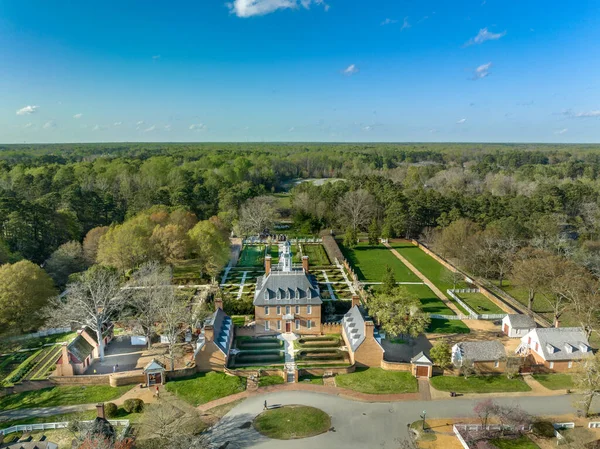
While technically a restored city rather than a single fort, Colonial Williamsburg includes multiple military sites where living history interpreters demonstrate 18th-century military life with remarkable authenticity. The Governor’s Palace guards perform elaborate ceremonies while militia units conduct training exercises using period-correct weapons and tactics.
Daily demonstrations include everything from musket firing to military justice proceedings, creating immersive experiences that transport visitors directly into pre-Revolutionary America.
Like Travel Pug’s content? Follow us on MSN.
Fort Necessity National Battlefield, Farmington, Pennsylvania
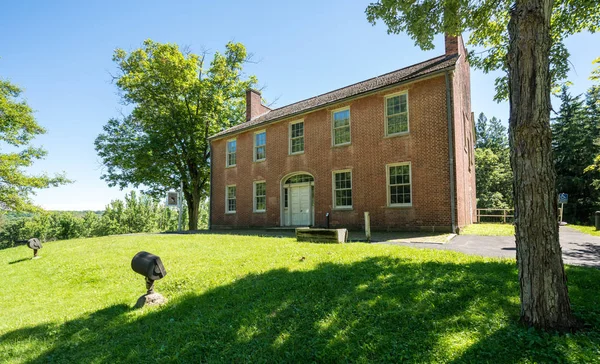
This reconstructed fort marks the site of George Washington’s first military command and his only surrender. Through detailed living history programs, it brings to life the opening shots of the French and Indian War. Costumed interpreters recreate the desperate conditions faced by Washington’s Virginia Regiment during the fateful battle of 1754.
The programs emphasize how this early defeat taught Washington valuable lessons about frontier warfare that he later applied during the Revolutionary War.
Old Fort Niagara, Youngstown, New York
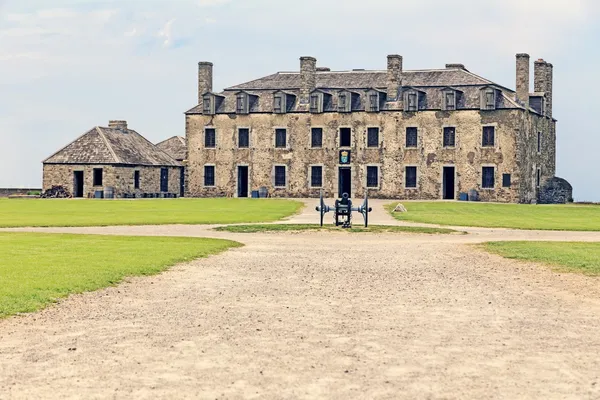
Three centuries of military history unfold through living history demonstrations at this strategic fort that controlled access to the Great Lakes for French, British, and American forces. Interpreters representing different historical periods demonstrate everything from French colonial military life to British garrison routines and American frontier defense.
The diverse programming includes artillery demonstrations, period cooking, and military ceremonies that showcase how the fort adapted to changing political control over nearly 300 years.
Fort Ticonderoga, Ticonderoga, New York
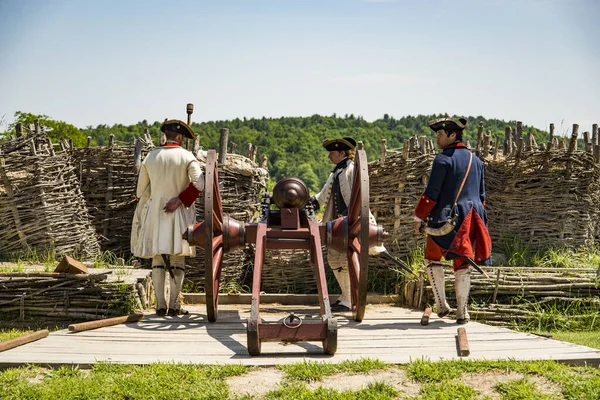
This star-shaped fortress offers some of America’s most authentic living history programming. Interpreters recreate French and British military life during the fort’s 18th-century heyday. Daily demonstrations include musket and cannon firing, military drills, and period crafts that illustrate how soldiers lived when not engaged in combat.
The fort’s dramatic setting on Lake Champlain enhances the immersive experience as visitors watch military demonstrations against the same scenic backdrop that witnessed actual historical events.
Like Travel Pug’s content? Follow us on MSN.
Fortress of Louisbourg, Nova Scotia, Canada

Though technically in Canada, this reconstructed French fortress represents the largest historical reconstruction in North America and serves as a model for American living history programs. Costumed interpreters portray 18th-century French colonial life with extraordinary attention to period details, from military uniforms to cooking techniques.
The comprehensive programming includes military parades, cannon demonstrations, and domestic activities that create a complete picture of colonial fortress life.
Fort Stanwix National Monument, Rome, New York
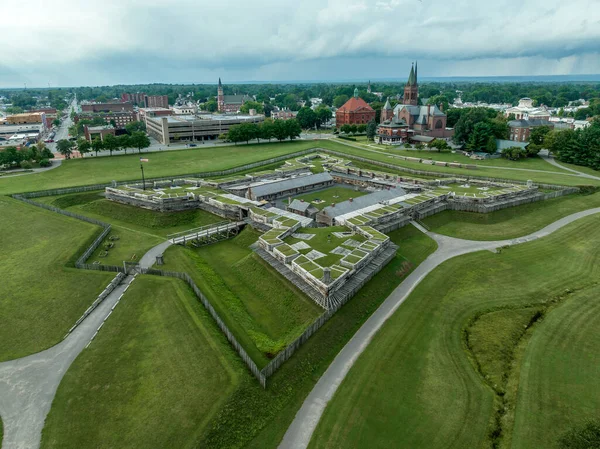
This reconstructed Revolutionary War fort features living history programs that focus on the diverse military and civilian communities that defended the strategic Mohawk Valley during the 1777 siege. Interpreters represent Continental soldiers, local militia, and civilian refugees who sought protection within the fort’s walls during one of the war’s most dramatic standoffs.
The programs emphasize how frontier forts served as community centers as much as military installations, providing security for entire regions during wartime.
Fort William Henry Museum, Lake George, New York
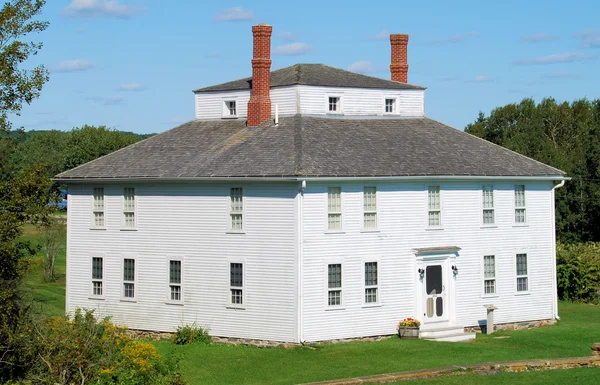
Made famous by James Fenimore Cooper’s ‘The Last of the Mohicans,’ this reconstructed fort brings French and Indian War history to life through dramatic demonstrations of 18th-century military tactics and daily life. Living history interpreters recreate the siege conditions that led to the fort’s surrender and the subsequent massacre that shocked colonial America.
The programs help visitors understand the complex relationships between European powers and Native American nations that shaped early American warfare.
Fort King George Historic Site, Darien, Georgia
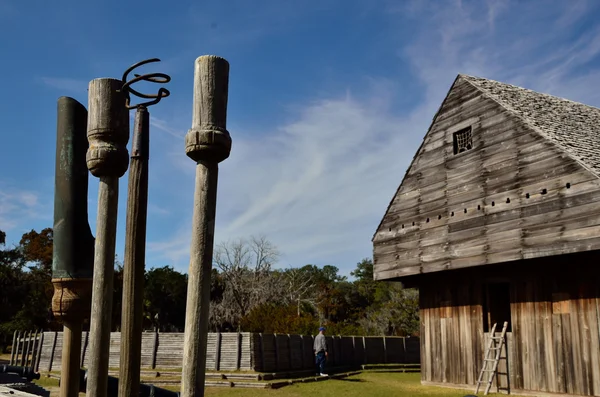
This reconstructed early 18th-century fort features living history programs that explore the challenges of maintaining British frontier outposts in the face of Spanish competition and Native American resistance. Interpreters demonstrate the daily struggles of soldiers stationed in remote locations where disease, isolation, and constant vigilance took a heavy toll.
The programs highlight how colonial military service often involved more construction, agriculture, and diplomacy than actual combat.
Fort de Chartres State Historic Site, Prairie du Rocher, Illinois
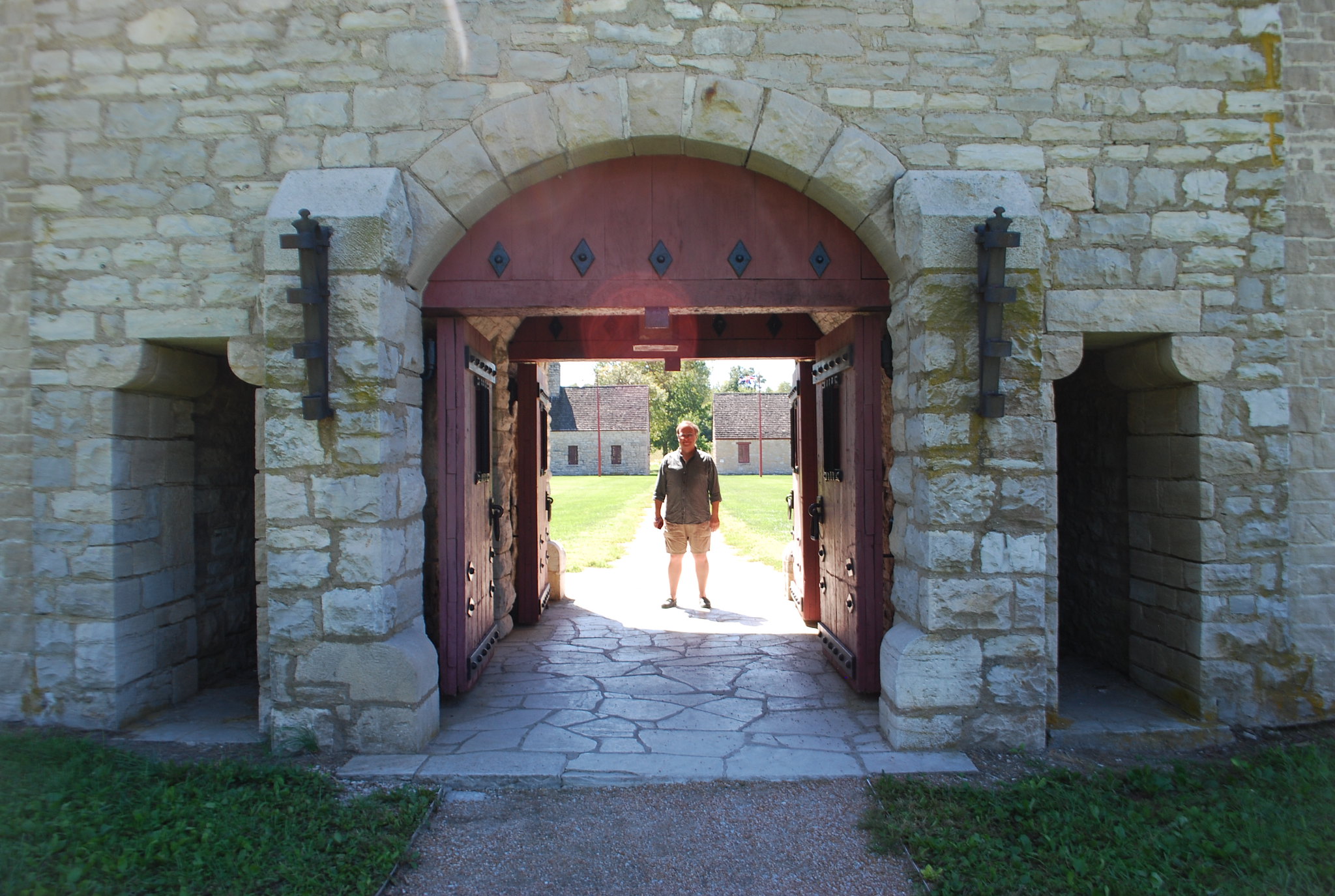
This partially reconstructed French colonial fort offers living history programs that showcase life in the Illinois Country during the mid-18th century. Costumed interpreters demonstrate French military traditions, frontier crafts, and the complex relationships between European colonists and Native American peoples in the Mississippi Valley.
The annual Rendezvous event brings together dozens of interpreters portraying soldiers, traders, and civilians who shaped this remote but strategically important region.
Bent’s Old Fort National Historic Site, Otero County, Colorado
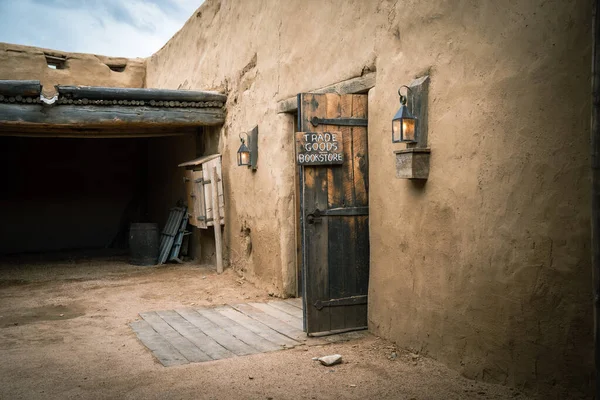
This reconstructed adobe trading post serves as a gateway to understanding how military installations and commercial enterprises worked together to establish an American presence in the Southwest. Living history interpreters portray the diverse community of traders, soldiers, mountain men, and Native Americans who gathered at this vital stopover on the Santa Fe Trail.
The programs demonstrate everything from frontier cooking to trade negotiations, illustrating how commerce and diplomacy often proved more effective than military force in expanding American influence.
Fort Union National Monument, Watrous, New Mexico
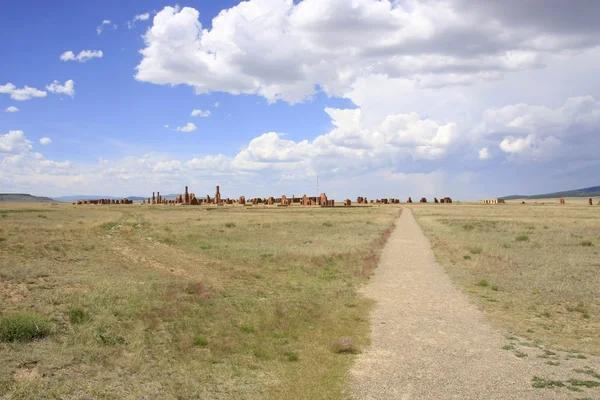
The ruins of the largest 19th-century military installation in the Southwest provide the backdrop for living history programs that explore frontier military life during the Civil War and Indian Wars periods. Interpreters demonstrate cavalry tactics, artillery operations, and the logistical challenges of maintaining a major supply depot in the remote Southwest.
The programs emphasize how frontier forts served as centers of technological innovation, introducing new military technologies and communication systems to isolated regions.
Fort Davis National Historic Site, Fort Davis, Texas
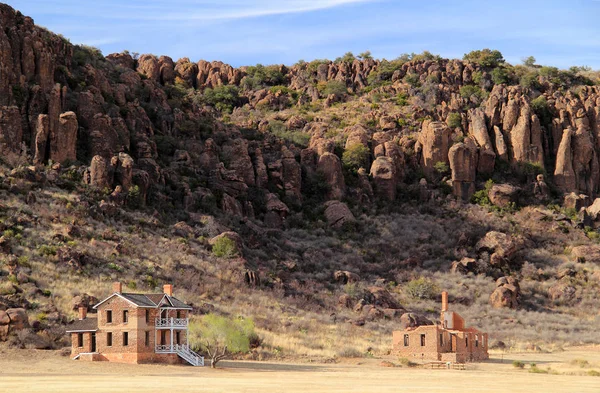
This well-preserved frontier fort features living history programs that focus on the diverse military community that defended West Texas during the post-Civil War period. African American interpreters portray the Buffalo Soldiers who earned fame and respect while stationed at this remote outpost.
The programs demonstrate cavalry tactics, frontier medicine, and the daily challenges of military life in one of America’s most demanding environments.
Fort Laramie National Historic Site, Fort Laramie, Wyoming
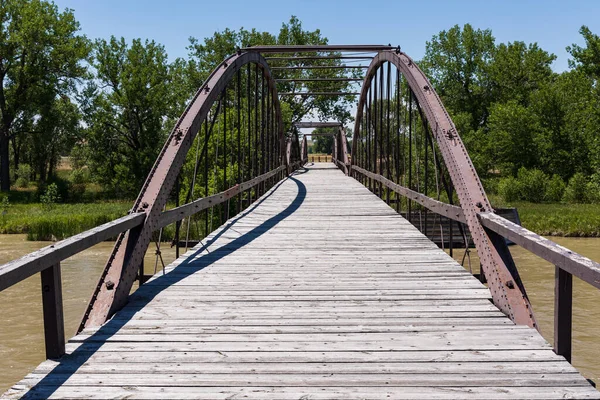
This former fur trading post turned military installation offers living history programs that span multiple periods of western expansion, from the beaver trade through the Indian Wars. Interpreters portray traders, soldiers, emigrants, and Native Americans who made Fort Laramie a crucial crossroads of western movement.
The diverse programming includes demonstrations of frontier crafts, military ceremonies, and the complex negotiations that often took place between different cultural groups at this important meeting point.
Fort Vancouver National Historic Site, Vancouver, Washington

This reconstructed Hudson’s Bay Company trading post features living history programs that explore the international character of Pacific Northwest settlement before American territorial establishment. British, American, French-Canadian, and Native American interpreters demonstrate the multicultural community that made Fort Vancouver the commercial and cultural center of the region.
The programs include everything from blacksmithing demonstrations to formal British military ceremonies that reflect the site’s unique position as both a trading post and a quasi-governmental center.
Fort Scott National Historic Site, Fort Scott, Kansas
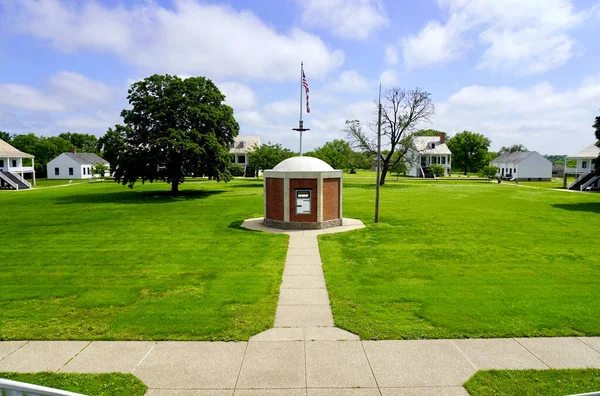
This restored frontier military post offers living history programs that focus on the tumultuous period of western expansion, Civil War conflict, and post-war reconstruction. Interpreters portray both Union soldiers and the diverse civilian community that surrounded this important supply and administrative center.
The programs demonstrate frontier medicine, military justice, and the challenges of maintaining order in a region torn by political and cultural conflicts.
Fort Larned National Historic Site, Larned, Kansas
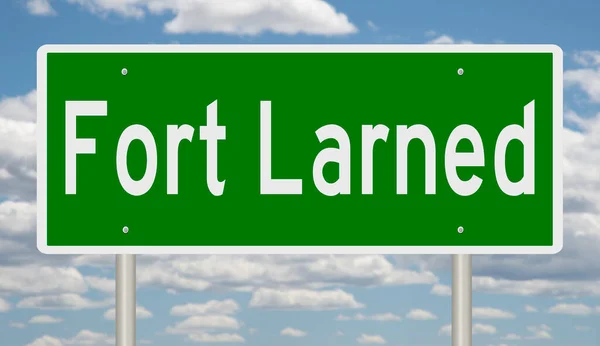
One of the best-preserved frontier forts in America features living history programs that explore the complex relationships between military forces, Native American tribes, and civilian travelers along the Santa Fe Trail. Interpreters demonstrate cavalry operations, frontier crafts, and the diplomatic efforts that often prevented conflicts between different cultural groups.
The authentic period buildings enhance the immersive experience as visitors witness demonstrations in the same structures where historical events actually occurred.
Fort Smith National Historic Site, Fort Smith, Arkansas
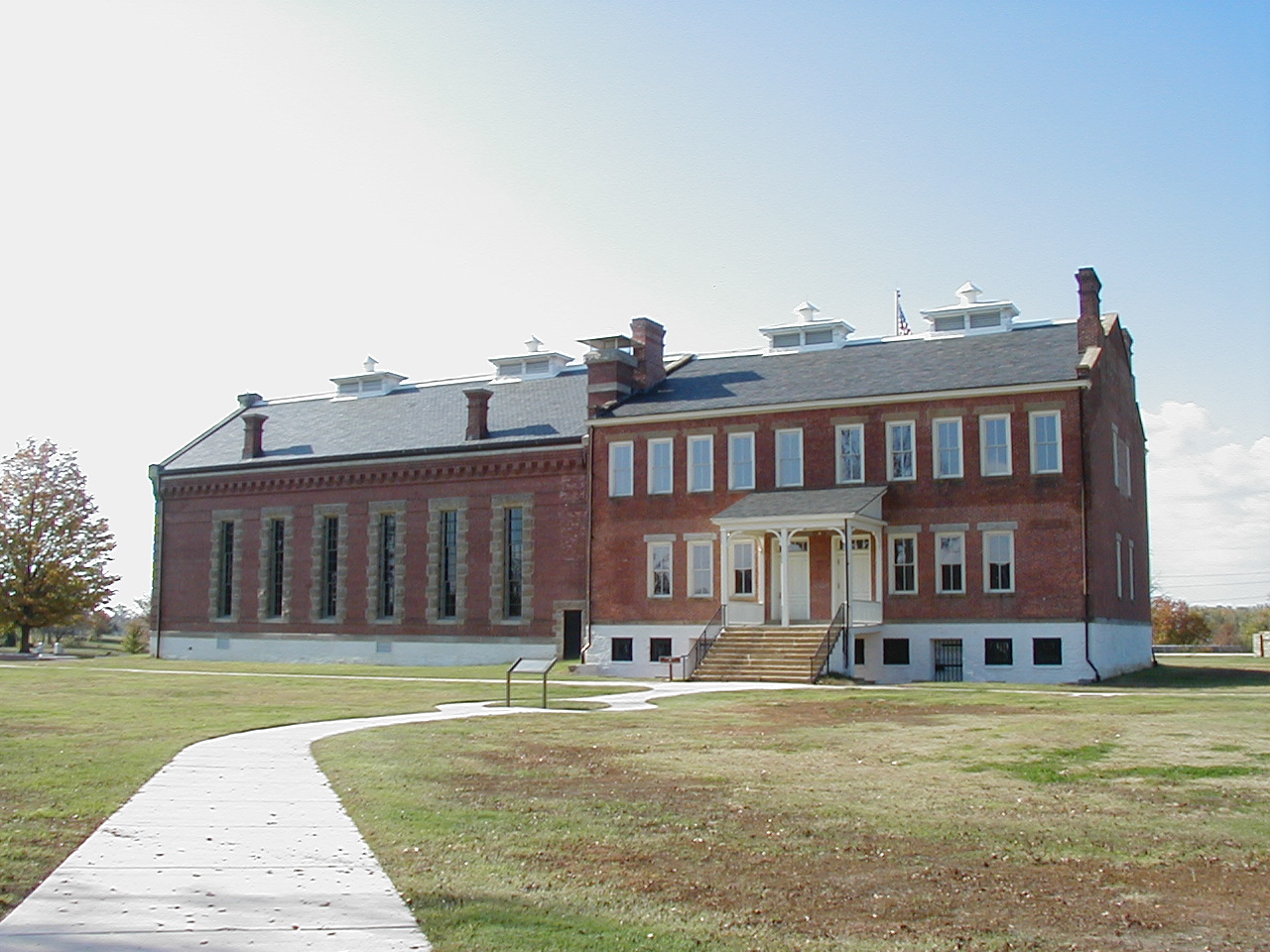
This frontier fort and federal courthouse offers living history programs that span the period from early frontier defense through the famous era of Judge Isaac Parker’s federal court. Interpreters portray both military personnel and the colorful characters associated with law enforcement in Indian Territory.
The programs include demonstrations of frontier justice, military life, and the complex legal processes that brought order to one of America’s most lawless regions.
Presidio La Bahia, Goliad, Texas
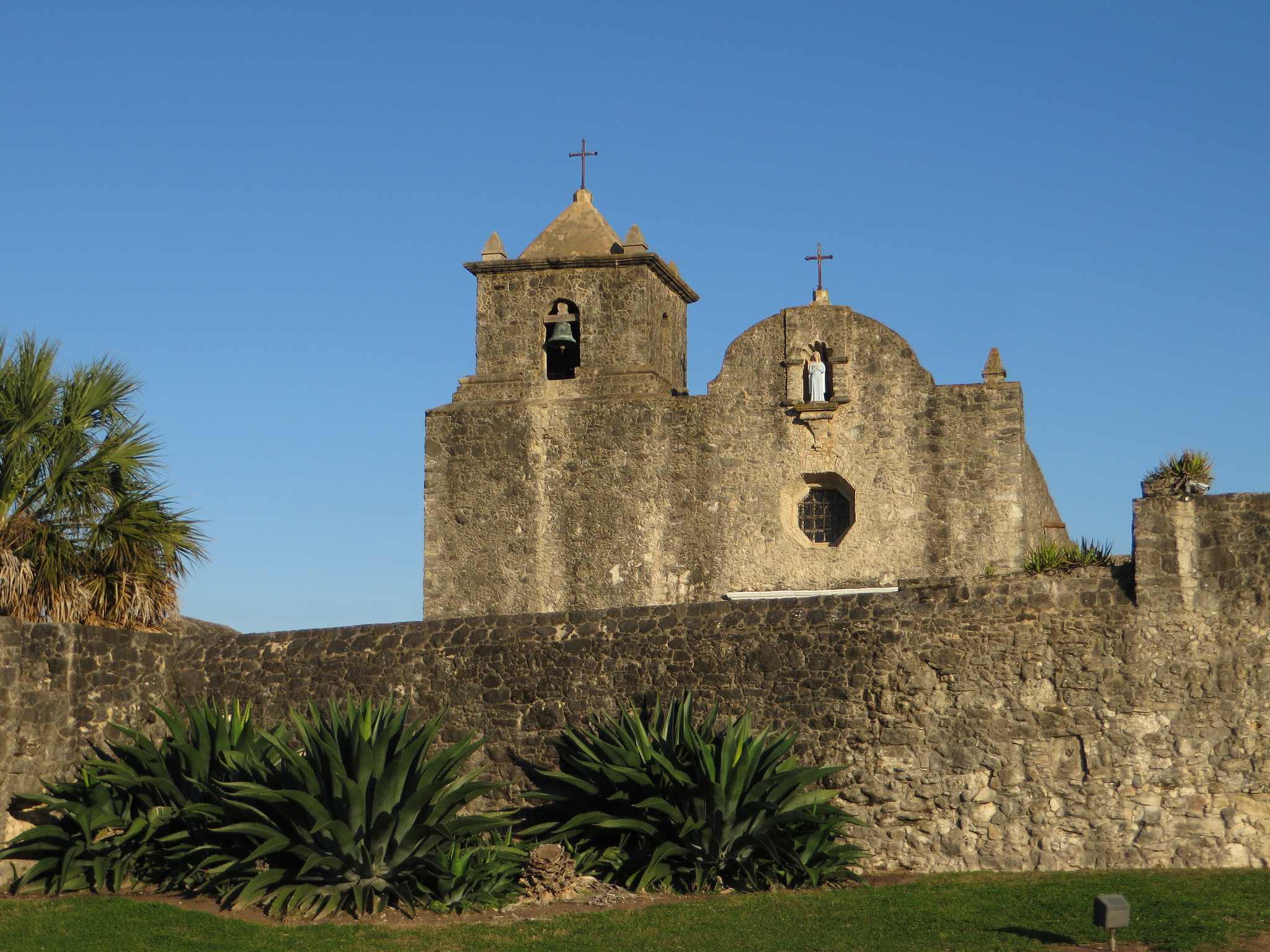
This Spanish colonial fortress features living history programs that explore three centuries of military occupation under Spanish, Mexican, and Texan flags. Interpreters demonstrate Spanish colonial military traditions, frontier crafts, and the cultural blending that characterized life on New Spain’s northern frontier.
The annual festivals bring together interpreters portraying the diverse ethnic communities that shaped Texas history before Anglo-American settlement.
Fort Gibson Historic Site, Fort Gibson, Oklahoma
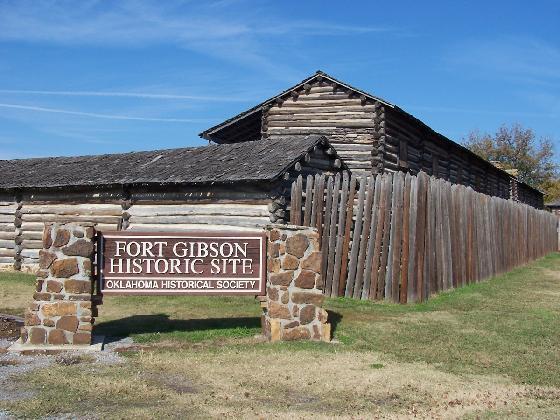
This reconstructed frontier fort offers living history programs that focus on the complex period of Indian removal and the establishment of military posts in Indian Territory. Interpreters portray both military personnel and the diverse Native American communities that were relocated to the region.
The programs demonstrate frontier military life while addressing the difficult historical realities of forced migration and cultural conflict that shaped Oklahoma’s early history.
Bringing History to Life
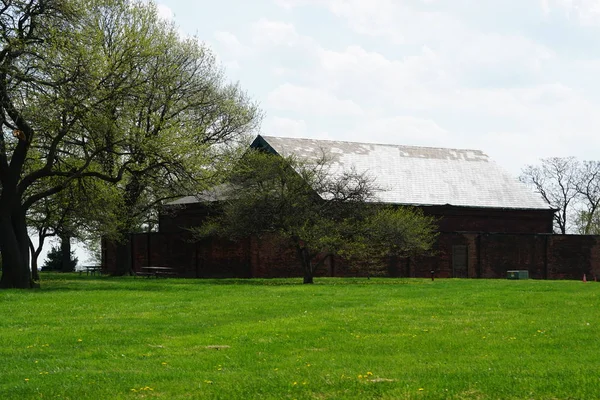
These living history programs transform historical education from passive observation into active participation, allowing visitors to experience the sights, sounds, and atmosphere of military life in bygone eras. The dedicated interpreters who portray historical figures bring scholarly research to life through authentic demonstrations that engage all the senses and create lasting memories.
These immersive experiences help modern visitors understand that history consists of real people facing real challenges, making the past relevant and accessible to contemporary audiences. The commitment to historical accuracy and engaging presentation at these sites ensures that important military heritage continues to educate and inspire future generations about the sacrifices and achievements that shaped American history.
More from Travel Pug

- 20 Best Beach Towns in the Carolinas
- 13 Destinations Where Tourists Regularly Regret Their Trip
- 20 Destinations That Are More Magical Without an Itinerary
- 20 Underrated Adventures That Belong on Your Travel List
- 20 Cities Where You Should Just Wing It, No Planning Required
Like Travel Pug’s content? Follow us on MSN.
